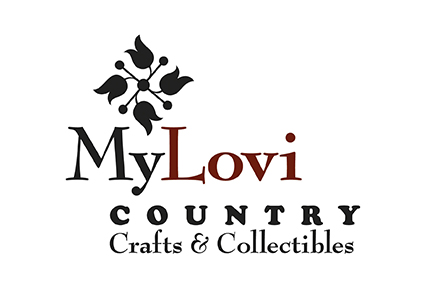Since the financial collapse of October 2008, artists no doubt have been more challenged to sell their work than any time since the Great Depression. The recent financial collapse was a low blow to all businesses, but was particularly damaging to the business of selling art.
Unfortunately, this happened in combination with the first wave of aging boomers deciding to downsize. Many are moving into smaller dwellings, while others are ridding themselves of acquired possessions. These factors alone would bring the sales of art objects to an all-time low, but add to it the annihilation of the middle class.
This is the demographic that has carried the United States economy for the past 40 years, and with its demise comes dismal art sales, mostly because consumers have been forced to shift their spending away from art purchases to pay for basic necessities. Many “middle-class individuals” are more concerned with keeping their home or putting food on the table, paying for healthcare or funding a retirement plan. All of these priorities trump buying art for the home or personal adornment.
As if all these factors combined were not enough, throw in the news media telling the nation and millions of viewers to be frugal and not to be a conspicuous consumer. We were literally told to simplify, downsize, go Green and recycle. Don’t get me wrong, I am a big fan of taking care of the environment, but this “new frugality” has had a negative effect on our art-based businesses.
Add it all up and the picture looks bleak for selling handmade objects. Most of what we hear about artists selling their work these days is pretty negative. Yet I keep meeting and consulting with artists who are doing surprisingly well and posting increased sales, while other artists are posting business growth despite the current condition of the economy. How can it be that some are doing well while others are faltering? I have been giving this a lot of thought lately and asking artists what the secrets are for their surprising success. Here are a few of the common threads I have sewn together to help you with your own businesses:
1. Only exhibit at shows that are worthwhile
2. Refine your jury submission images
3. Make what customers want
4. Create functional products
5. Impress your customers
6. Learn from what works
For complete article visit The Crafts Report – This article originally appeared in the February 2011 issue of The Crafts Report.
Written by Bruce Baker
